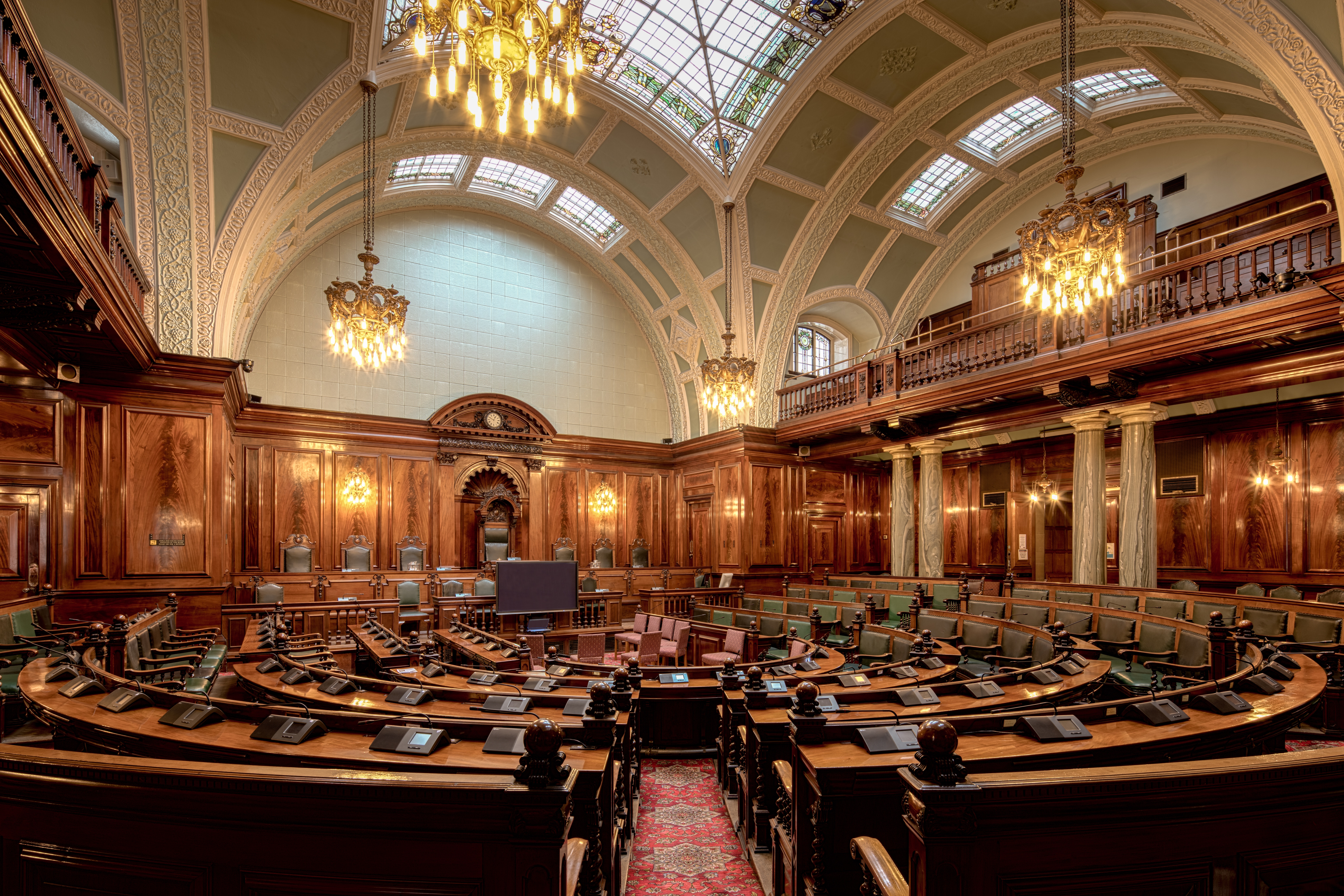
(Source: Pixabay.com)
Successful people tend to gravitate toward specific forms of leadership.
Let’s take two of the world’s best leaders, the late Steve Jobs and Bill Gates, and compare the two.
Jobs is best known as a creative giant, someone who led Apple with an autocratic hand and his brilliant ideas.
Gates, alternatively, led Microsoft with a flair for teamwork and collective thinking.
Both were successful CEOs with two very different leadership styles.
And no one can say with certainty that one style is significantly better than the other because the two companies are still tech behemoths today.
These leadership styles, for example, illustrate that there are many ways to be a great leader.
Further, it may be because of the specific needs of an organization and the workforce or the company’s immediate or long-term goals.
In short, How do you know which kind of leader, you are?
Here are some of the common forms corporate analysts recognize.
Laissez-Faire

Photo by Michael D Beckwith on Unsplash
Decentralization and trust in the team characterize this form of leadership, coming from the French term ‘laissez-faire’ or ‘let go.’
Likewise, a leader of this kind does not directly involve themselves in decision making because the entire team ultimately is deciding what is best for everyone.
Also, to some extent, laissez-faire leadership is related to democratic leadership, where the majority are making the decisions.
For instance, laissez-faire leaders do not exercise too much authority, so leader-follower friction is minimal.
Employees usually feel more empowered, confident, and in control.
However, it can also make employees feel like they are in the dark, especially if they are new and incapable of making proper decisions.
Nonetheless, a study by McClain and Levine reveals that this could be negated by motivating employees.
Servant

(Source: Pixaby)
Much like laissez-faire leaders, servant leaders try to blur the line between leaders and followers.
For example, in the case of servant leaders, leadership is done by example.
Likewise, they set the standard and expectations by doing what the followers should be doing.
Equally, leaders of this kind, also tend to have more intimate lines of communication with the followers, allowing more transparency and openness.
Forbes notes that an essential aspect of servant leadership is letting the team know that you care.
Not to mention, if they see the leader care for the team, they will inevitably form the same mindset.
Pace-setter

Photo by John Cameron on Unsplash
This kind of leader is a high-energy one, who challenges followers to stick to a set standard.
In like manner, they thrive in exciting environments, where speed and efficiency, usually lead to success.
For instance, they are looking for the ‘high’ of the race, as well as its possible rewards.
While pace-setting leaders are perfect for high-stakes settings, not all followers can keep up with the pressures of these expectations.
Moreover, this kind of leadership does not fit all contexts, as some may not be as exciting enough to warrant a high-energy leadership approach.
Still, a pace-setting leader’s most valuable skills can apply in any work environment, particularly when the going gets tough.
In an interview with the Financial Times, Philip Goldman of coaching organization Alexander said that “taking a moment and steadying yourself can make an enormous difference.”
For example, pace-setting leaders do not crumble under pressure.
They thrive under it.
For this reason, this toughness is a must in any organization.
Transformational

Photo by Hannah Busing on Unsplash
Unlike traditional organizations, where leaders capable of keeping the status quo are preferred, new organizations value transformational leadership.
As a result, this style sees the individualism of every employee and their strengths and actualizes this potential.
Consequently, these leaders can guide an organization through radical and transformative processes.
Notably, the goal of this kind of leadership is not just to maintain established relationships, processes, and goals.
Likewise, it is to revolutionize the entire organization to meet new objectives continuously.
Comparatively, this is much like the field of Organizational Leadership, where the underlying principle is to assess what each member can contribute and combine them to form a strong organization.
Moreover, Maryville University outlines the goals of Organizational Leadership, additionally, with the primary emphasis being on a ‘change agent’ in your organization, through critical thinking and fostering a collaborative mindset.
When you are this kind of leader, you should not only expect but also be prepared to face adversity and embrace conflict.
Above all, for example, it entails being ready to encounter a lot of unknowns.
For instance, trusting the organization and getting help is crucial to figuring out how to traverse these new territories.
Creative

Photo by Kai Oberhäuser on Unsplash
These leaders are ones not only leading by example, energy, or authority.
Equally, they inspire action through innovative thinking.
For instance, when people are pushed to think beyond their expected roles and thought patterns, they feel empowered.
Not to mention, there is an excitement in being able to come up with creative solutions.
Creative leaders, likewise, lead by fostering an environment that goes against the grain by not overthinking production or efficiency for its own sake.
Furthermore, as we have pointed out in a previous Insights WB article, creative thinking is “exploratory and experimental construction.”
Above all, in this optic, there is no one singular logic or template set in stone creative leaders must follow.
Not to mention, much like transformational leaders, creative ones are geared towards, adapting to constant change, and inspiring the organization to do the same.
No matter which type of leadership style you belong to here is the most important thing for you to consider.
It’s your unique strengths and weaknesses, along with, your approach to your leadership style, within these parameters.
Doing this will help you, like other professionals considering these elements and factors, lead to the best of your abilities.

Article prepared by Jessica Kerry
Exclusively for insightswb.com
Jessica is a veteran in the HR industry. She also loves to write and has created everything from company handbooks to training modules. She pursues this passion in her extra time by contributing to blogs and online publications.

